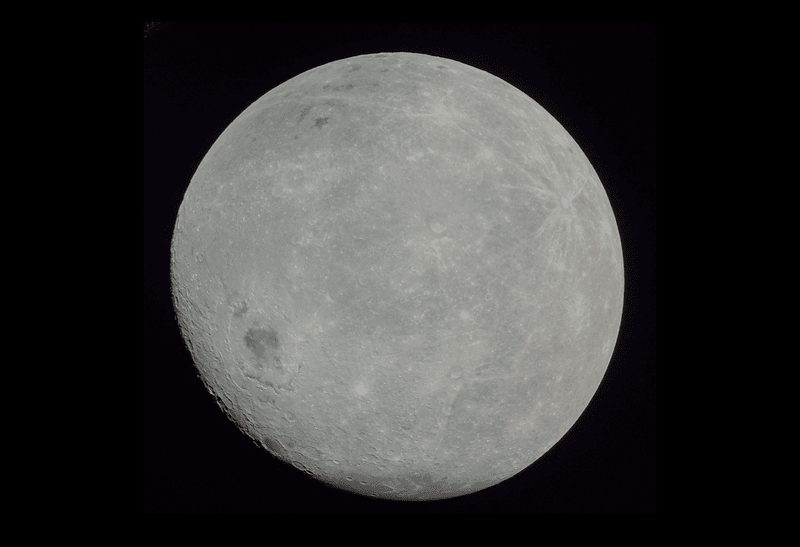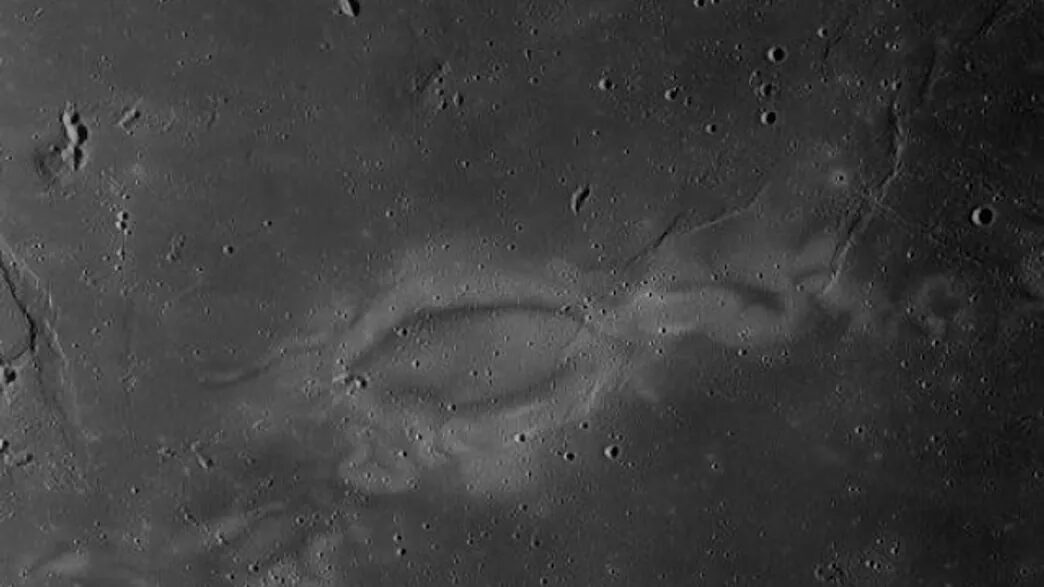
There's something odd about the far side of the Moon, scientists have concluded based on data from the Korean Pathfinder Lunor Orbiter. The results are yet to be published, but suggest a discrepancy between the conductivity of the near and far sides, which so far lacks a plausible explanation.
Lunar exploration is becoming a global affair. Along with missions from the United States, China, India and Japan, the Korean Aerospace Research Institute has had an orbiter around our satellite for a year. Nicknamed Danuri, the mission is proving there is plenty the larger nations have missed.
Although the Institute is coy on the results over that time, Nature has been given advance notice of some of what has been found.
The major discovery was made in conjunction with two of NASA's smaller satellites. The Moon does not have a global magnetic field the way the Earth does, although it once did. However, like Mars, it has some intriguing local fields.
Magnetic anomalies in lunar swirls interest planetary scientists so much NASA has considered a mission purely to explore them, using two small satellites tethered together across 180 kilometers (112 miles). Photographing the most famous of these, the Reiner Gamma Swirl in exceptional detail, was one of Danuri's first achievements.

The latter would be of great interest to future missions looking for the most precious of resources, but no reason has been proposed for why it should be true. Simply facing away from the Earth seems unlikely to produce such an effect.
The mission also carries a gamma-ray detector, which allowed it to pick up the Brightest Of All Time gamma ray burst while still on the way to the Moon in October 2022.
A more anticipated success from the project involves exploring the depths of craters near the Moon's poles. These are of interest to astronomers because ice is thought to survive at the bottom. However, the same lack of sunlight that has ensured the ice's longevity also makes these areas hard to see. Dunari's "ShadowCam" is so sensitive it can photograph these locations using light from the Earth or scattered off nearby mountains far better than anyone has before.

The mission was originally scheduled to end this month, but has now been extended to December 2025. That will, however, require it to survive lunar eclipses (which from its perspective will be solar eclipses) in March and September 2025. Each will cut off its access to sunlight for longer than its usual trip into the Moon's shadow. The partial eclipse this year proved no problem, but the deep total eclipses may strain the orbiter's batteries.



Reader Comments
Pete Conrad, commander of the first manned Skylab mission (Skylab 2) said they performed more 'science' in the first three hours aboard Skylab than in three days on the moon.
None of this stuff with a Geiger Counter etc - in the Science Lab, bothered us 15 year olds - we also had a dark room for photography - bog standard Secondary Modern School - well in advance of the Grammar Schools and The Posh Private (They Called Public) - Boys Schools
We had Girls too.
So I did computers and rock bands and stuff - a bit of a weido (nhs specs - geek), cos eveyone knew my Mum dressed me, and all I wanted was a Girlfriend.
So I believed it all, until years later..this local band - they were actually really good...put on a Special Show - took over the Entire Pub - and had set it all up - Projector and All (I think they borrowed their Mum's largest White Bed sheets)
So they were doing typical Rock stuff...and then they covered Sting "Walking on The Moon" I hadn't seen it for 30 years, but I had been playing with a Sony Videocamera...when we had our first Child...
My Mouth, just went wide open, and I had only had 2 pints..The Americans walking on the room, looked like my photography slowed down a bit, and when they were romping on the moon, they were not exhibiting the effects of one 6th Gravity...more of a shuffle in the dust..
So I rapidly came to the conclusion, that they had faked the entire thing.
I was just felt so naive in believing the Americans had landed men on the moon..
So I don't believe any of the rest of this stuff from The Dark Side of The Moon.
Merry Christmas
And lots of people did.
"Who Built the Moon" by Christopher Knight. Highly recommend it
I found some of that pretty interesting.
Usual caveats apply.